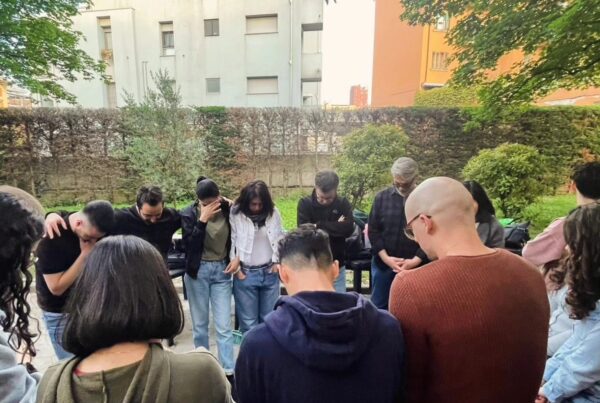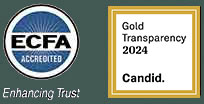I’m not really a fan of clickbait. So before you read any further, you need to know that I think diverse churches are a brilliant but complicated thing. I’m writing about dangerous diversity because of our indwelling sin—because if we think diverse churches will be a walk in the park, we’re in for a shock.
But I also believe it’s a journey worth taking, and churches ought to be diverse. In a sinful, broken, and divided world, where else do you see (at least in theory) genuine unity from people of various backgrounds with all kinds of stories and skeletons in their closets?
Where sin destroys and divides, the gospel repairs and rebuilds, and local churches are born. Where we walked out on the God of life who made us, walking away from his loving words over us, so in the local church, we happily sit under his Word, reunited to him and one another.
The Difficulty of Diversity
But it’s hard, isn’t it? Anyone who has sought to interact at more than a superficial level with a broad cross-section of humanity will know the reality of how difficult it is. We’re easily confused, challenged, or even intimidated by people who are not like us, and so often, we shy away from stepping forward to build friendships. Whether ethnically, economically, or educationally, our church plants are often way more homogeneous than we would like; or, if they are diverse, there may well be relational cracks a little below the surface or just around the corner.
If we think diverse churches will be a walk in the park, we’re in for a shock. But I believe it’s a journey worth taking, and churches ought to be diverse.
From my experience, this is the case now, and strikingly often, it seems it was the case for the early church, too. On the pages of Scripture, a story plays out in all kinds of places and local church contexts. Think of the external opposition and pressure causing inward tension and factions in Philippi (Phil. 1:27–2:2), the separation between rich and poor in James 2:1–7, Paul’s gospel rebuke to Peter (Gal. 2:11–21), or even the unhelpful, unloving use of gospel freedoms in Romans 14 causing those with a weaker conscience to stumble. These are local church families struggling to live out the Christian life together. How, then, does a healthy church function and live in light of the gospel of grace when we have different life experiences, cultures, mindsets, and blind spots?
Ephesians is a letter for people like us at times like these. Paul is urging a church of Jewish and Gentile believers to live out the unity they now have. Before the gospel, they were divided and at enmity with one another; but now, they’ve been united to Christ (and so one another) in the gospel. The two have been brought together and the dividing wall of hostility has been removed (2:14). They are a new humanity (2:15), being built together into a temple in which God dwells by his Spirit (2:21–22). They are a testimony to the cynical, watching world and the powers and authorities in the heavenly realms of God’s manifold wisdom now (3:10), but also a glimpse of what the future holds as all things will be seen to be under Christ (1:10). And yet, those realities of oneness are accompanied by daily division.
The Gospel’s Demand for Unity
And so, what is Paul’s method to help a church where disunity is evident? Well, he spends half the letter reminding these believers of what they already know as he unpacks the gospel afresh. Reminding them of what Jesus has done, reminding them of who they are, and then in the final half of the letter, he carefully applies these beautiful concepts to their local church’s daily life. “Be completely humble and gentle; be patient, bearing with one another in love. Make every effort to keep the unity of the Spirit through the bond of peace” (Eph. 4:2–3).
In our often polarized and quick-to-respond culture, be Christlike. Instead of short fuses and last chances, bear with one another in love.
Brothers and sisters, be what you already are. Live out what you already have and keep the unity of the Spirit. In our often polarized and quick-to-respond culture, be Christlike. Instead of pride, standing on your rights, and putting others in their place, be humble and gentle. Instead of short fuses and last chances, bear with one another in love.
At the end of the story, God gives us a glimpse of where it’s all going. The church will be filled with all kinds of people, united in worship of our God and displaying rich diversity. Hear John’s words: “After this I looked, and there before me was a great multitude that no one could count, from every nation, tribe, people and language, standing before the throne and before the Lamb. They were wearing white robes and were holding palm branches in their hands. And they cried out in a loud voice, ‘Salvation belongs to our God, who sits on the throne, and to the Lamb’” (Rev. 7:9–10).
And so, let’s be those who pray, On earth as it is in heaven, Lord, make us increasingly now what we will be then. Give us grace with one another that our churches may increasingly reflect the unified diversity the gospel demands.










